mammary tumors in cats uk
Invasion ulceration lymphatic invasion and lymph node metastasis is common. Mammary tumors can be benign non-cancerous or malignant cancerous.
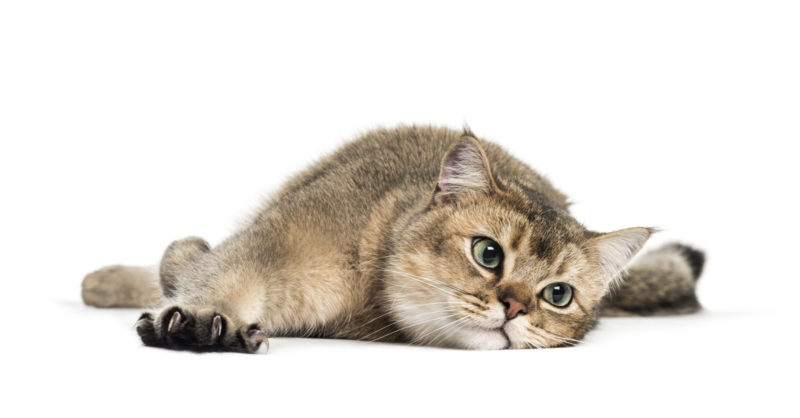
Top Four Cat Cancers Vetsavers Pet Hospital
The information on this page concerns the situation for our feline friends.

. The more aggressive nature of mammary neoplasia in cats poses challenges for management. All of the cases underwent an aggressive surgery with concurrent doxorubicin-based chemotherapy. Mammary gland tumors are most common in middle-aged and older female cats but they can occur in younger female cats as well as male cats.
Prognosis is affected by tumour size and. They are relatively common in cats. Cat mammary gland tumors are formed by an abnormal mass of cells in the mammary breast glands.
Females as well as males can develop this form of cancer. Mammary Cancer in Cats Explained. Mammary Cancer In Cats Surgery - 17 images - cats get breast cancer too and there s a lot we can learn the animal expert site animalwised breast cancer awareness for pets breast cancer in dogs cats long beach animal hospital.
Lymph nodes in the groin and armpit are most susceptible to cancer as these drain the lymph from the mammary glands. Benign breast tumors in cats include adenomas fibroadenomas and papillomas Spread to the lungs known as pulmonary metastasis is seen in up to 70 of cats with breast cancer GENETICS The high number of Siamese with breast tumors suggests a genetic component. Four fifths of these tumours are unfortunately malignant cancers.
Even spaying after one season still reduces her risk by over 90 percent. Mammary gland cancers in cats are similar to breast cancer in humans. Mammary tumors develop because of spikes in female hormone estrogens that take place during a cats heat cycle.
Mammary gland breast tumours are similar to breast tumours in people and it is the third most common tumour in the cat. However specific genes have not. They are prone to spread metastasize to the lungs and lymph nodes.
The efficacy of a treatment combination of a COX-2 inhibitor meloxicam chemotherapy and surgery in 23 cats with histologically confirmed mammary gland adenocarcinoma was evaluated. Carcinomas often arise from the tubules of. Mammary tumors in cats are most often seen in older average age 11.
In cats most are. Mammary tumours usually develop in pets over six years old. Mammary tumours are among the most common neoplasms in both cats and dogs but the prevalence of malignant histological types is far higher in cats ratio of malignantbenign is at least 41.
In the cat mammary cancer is the third most common cancer with the most common victim being a senior female cat around age 10-12 years who either remains unspayed or was spayed well into adulthood. In dogs almost half of these are malignant. These masses do not tend to be painful but can be associated with increased grooming behavior if discharge is present.
Mammary tumors in cats are malignant approximately 90 of the time. Cancer in general afflicts an estimated 30 percent to 40 percent of all cats and one-third or so of these malignancies involve the mammary glands. A female cat has four mammary glands on each side of the abdomen which produce milk for kittens.
By spaying a cat at 6 months of age or before her first heat cycle it virtually eliminates the risk of getting mammary tumors. Sarcomas mucinous carcinomas duct papillomas adenosquamous carcinomas and adenomas are rarely seen. This risk is eliminated if a pet is spayed before her first season.
Likelihood of developing cat breast cancer. Other forms of breast and mammary cancer in a cat include adenomas duct papillomas and sarcomas. These two forms of the disease have different diagnostics treatments management and prognosis.
An unspayed female has a one in four chance of developing a mammary tumour. Symptoms of Cat Mammary Gland Tumors. More than a quarter of unspayed female dogs will develop a mammary tumor during their lifetime.
Female cats generally develop mammary cancermalignant adenocarcinomaswhen they are about 10 to 14-years-old. What if your cat already has mammary tumors. Sarcoma SCC and mucinous carcinoma subtypes are less common.
The risk of developing this cancer is twice as high in cats. Tumors originating in these glands account for the third most common type of feline cancer after lymphoma and skin cancer. The first sign of this type of cancer may be a fluid-filled or firm lump associated with the mammary gland or discharge originating from the nipple.
The mammary cancer picture is a little different between cats and dogs. Before any diagnostic or. Cats have four breasts on each side of the tummy visible as two rows of nipples and tumours may occur in one or more.
The benign mammary gland dysplasias lobular hyperplasia and fibroepithelial hyperplasia are less common. Most cancerous malignant breast tumors in cats are carcinomas. Mammary cancer is usually a malignant adenocarcinoma that appears in one or more of a cats breasts.
This type of cancer is very aggressive and hard to treat as it spreads quickly. A mammary breast tumor is a common tumor in cats. Occurring more than 95 percent of the time in females it is the most frequently diagnosed type of feline cancer.
Approximately 85 of feline mammary tumors are malignant and are histologically classified as adenocarcinomas. There are several different types of mammary tumors with carcinomas being the most common. Mammary tumors in cats are usually malignant 85-93 80 of feline mammary tumors are ADC with tubular papillary solid and cribriform subtypes most common.
What causes mammary tumors in cats. Approximately 90 of mammary tumors in cats are malignant cancerous. 85-95 of mammary gland tumours are malignant and adenocarcinomas are the most common type of malignant neoplasm of mammary gland cancer.
The average age of cats with mammary gland tumours is 10-12 years oldIntact females are at. Ad Help your pet fight cancer with NHVs most popular Cancer Pack. They can be benign noncancerous or malignant cancerous.
In felines 85 of breast cancer tumours are found to be malignant. In cats the vast majority of mammary tumors are malignant. Vet formulated to support your pets complete body in the fight against cancer.
Mammary cancer in cats is the third most common type cancer seen in this species. This makes it very important to try to remove them as early as possible so it is good that you are going ahead with surgery. The cause of mammary tumors is unknown however hormones play an important role in their development.
Cats spayed before 6 months of age have a 7-times reduced risk of developing mammary cancer and spaying at any age reduces the risk of mammary tumors by 40 to 60 in cats.
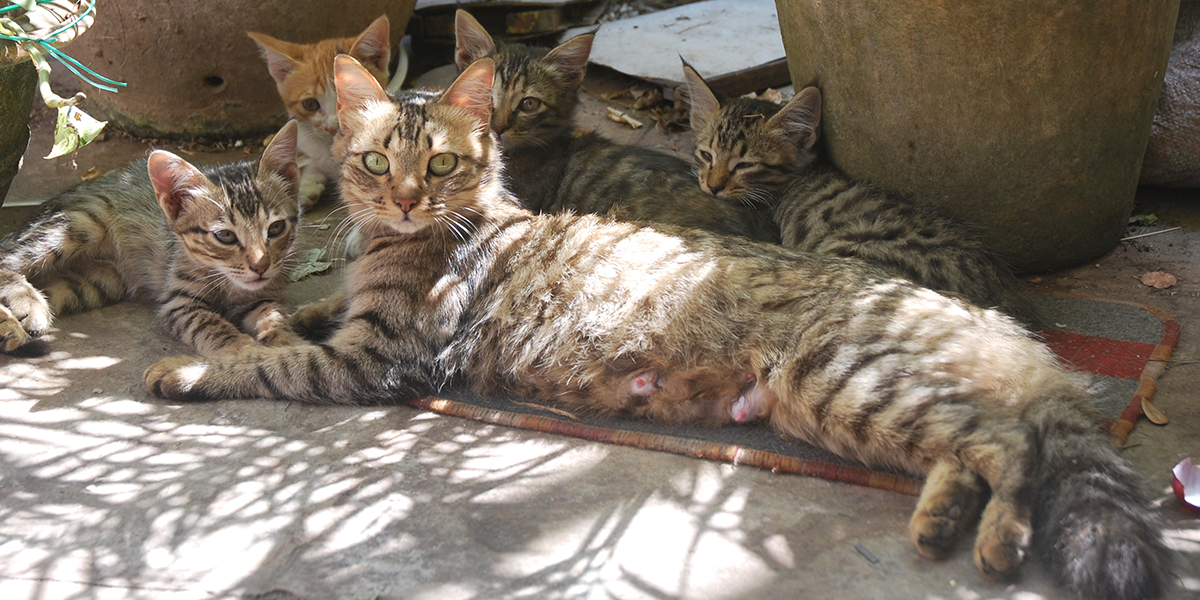
Mammary Carcinoma International Cat Care

Cat Breast Cancer Causes Symptoms And Treatment Of Mammary Cancer

Cancers Tumors In Cats Hill S Pet

Lung Cancer In Cats Causes Symptoms Treatment All About Cats
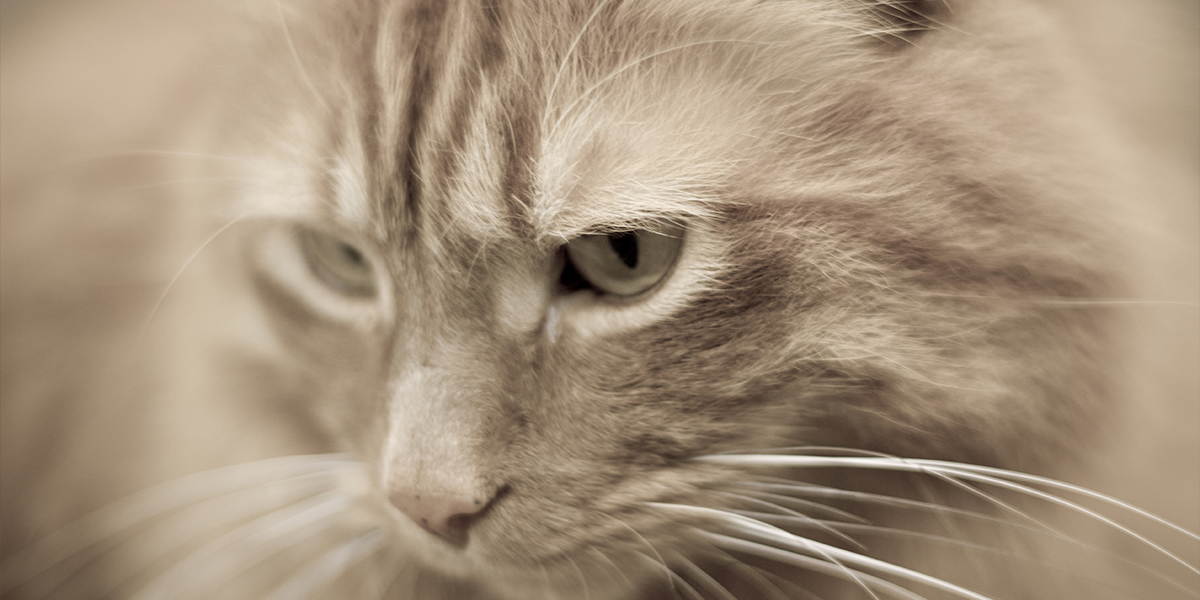
Cancer In Cats International Cat Care
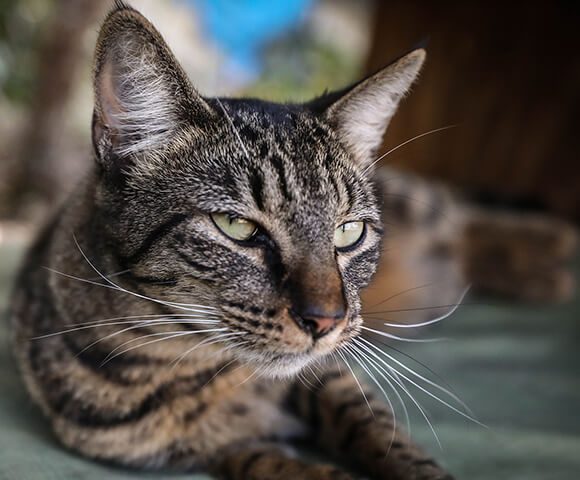
Mammary Carcinoma In Cats Bluepearl Pet Hospital
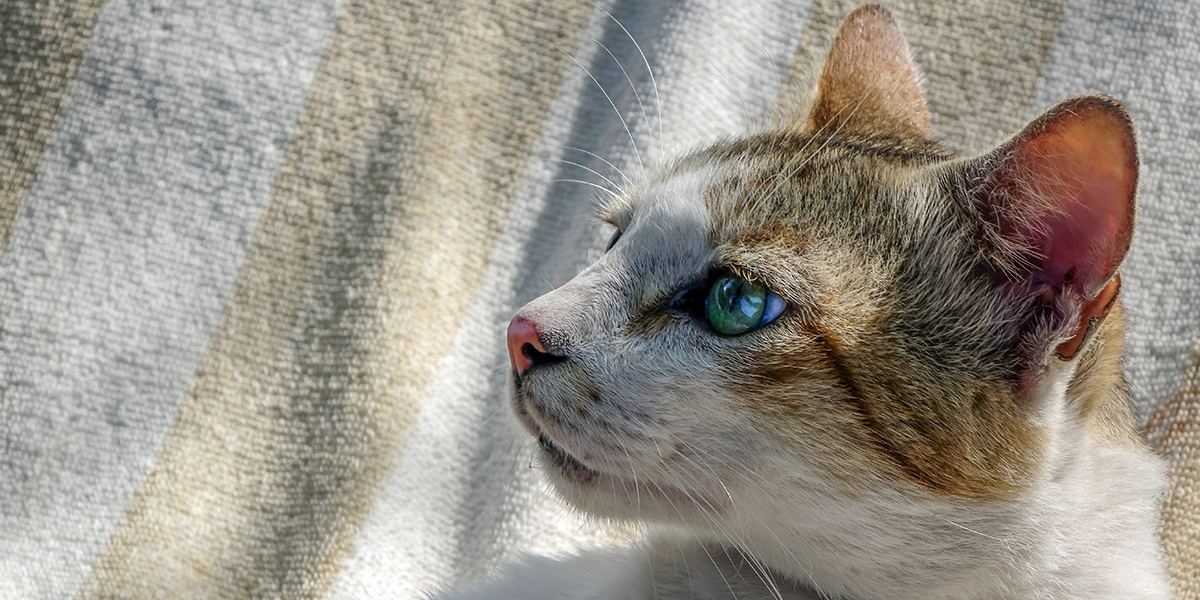
Feline Leukaemia Virus Felv International Cat Care

Lung Cancer In Cats Causes Symptoms Treatment All About Cats
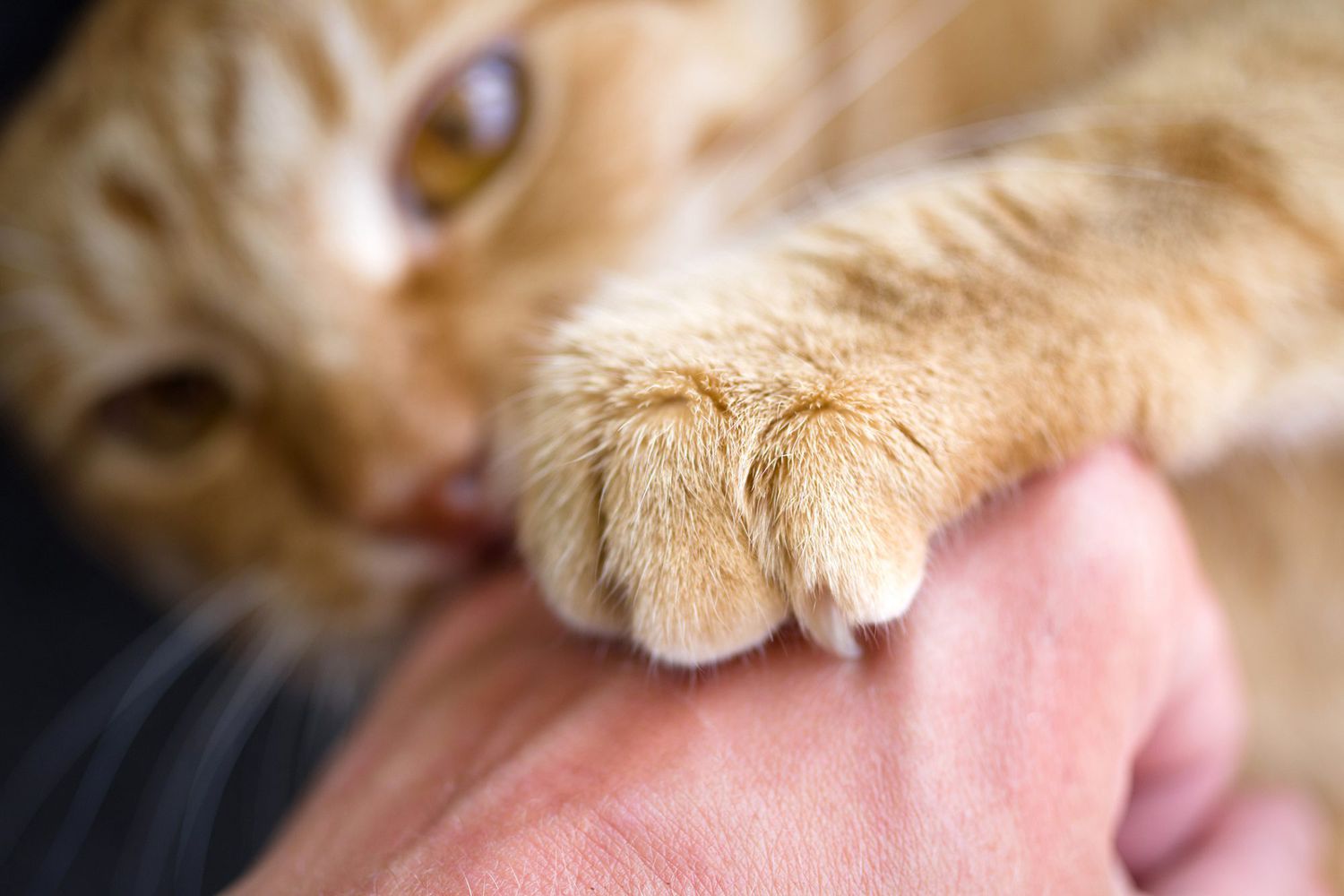
Signs Of Cancer In Cats How To Tell If Your Cat Has Cancer Daily Paws

The Right Diet For Cats With Cancer The Conscious Cat

Coping With Cat Cancer Symptoms And Advice Blue Cross

My Cat Has A Large Tumor On Her Mammary Gland That Is Now Open And Draining She Has Had Antibiotics And Pain Meds She

Signs Of Cancer In Cats How To Tell If Your Cat Has Cancer Daily Paws

Cat Breast Cancer Causes Symptoms And Treatment Of Mammary Cancer
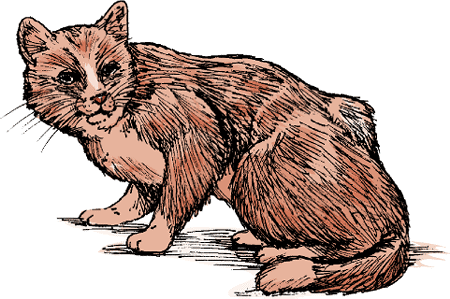
Tumors Of The Skin In Cats Cat Owners Msd Veterinary Manual

Mammary Tumors In Dogs Cats The Meowing Vet

Cat Breast Cancer Causes Symptoms And Treatment Of Mammary Cancer

